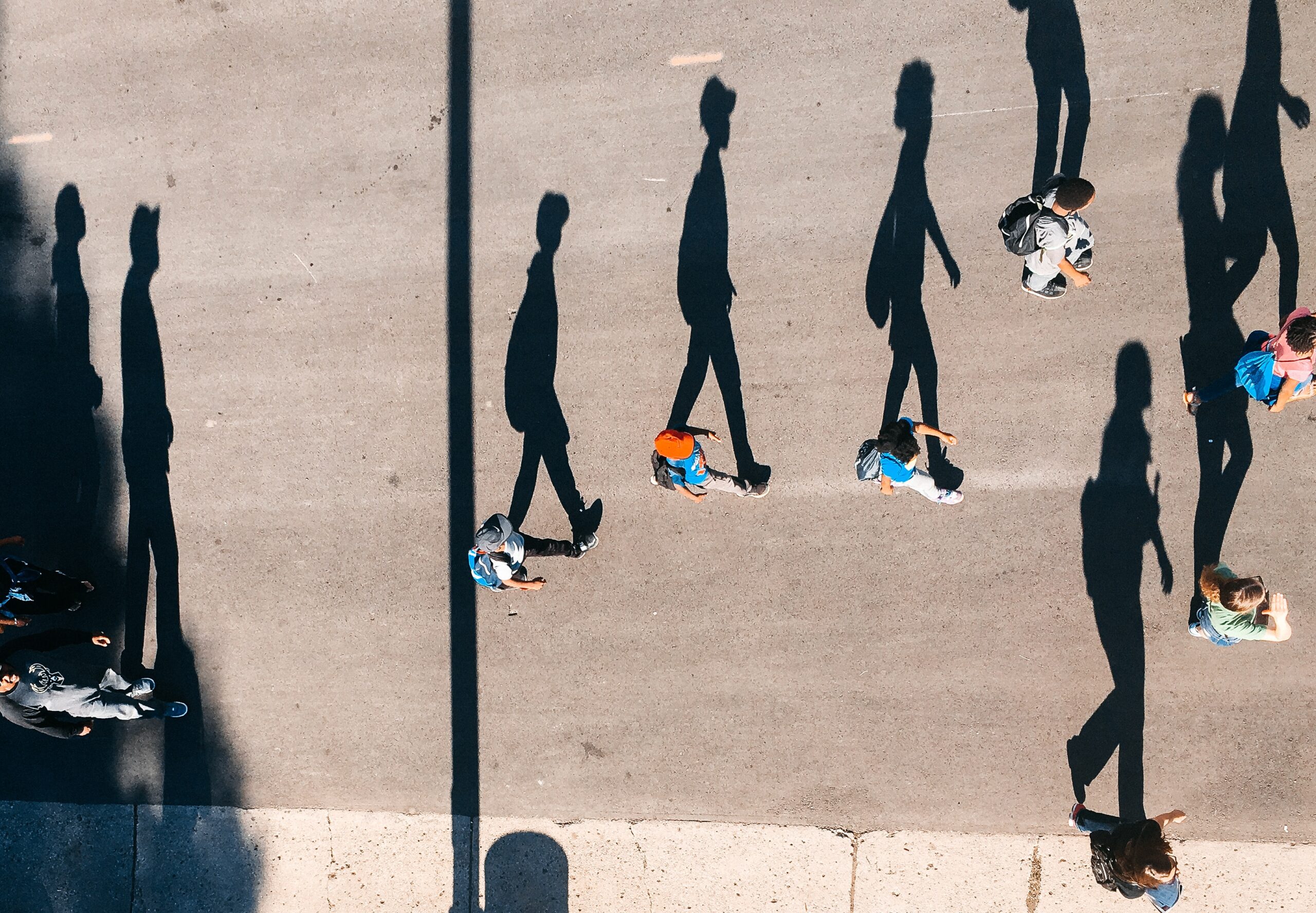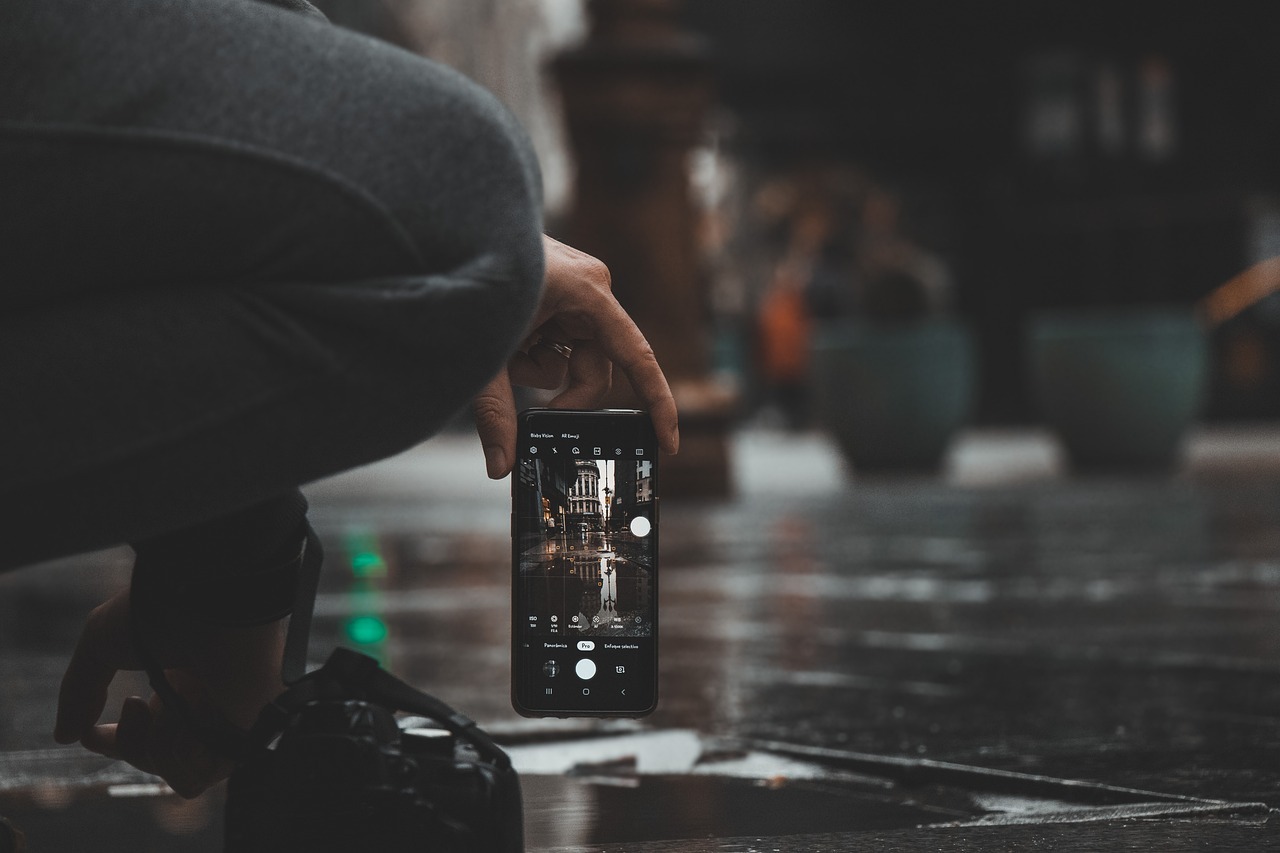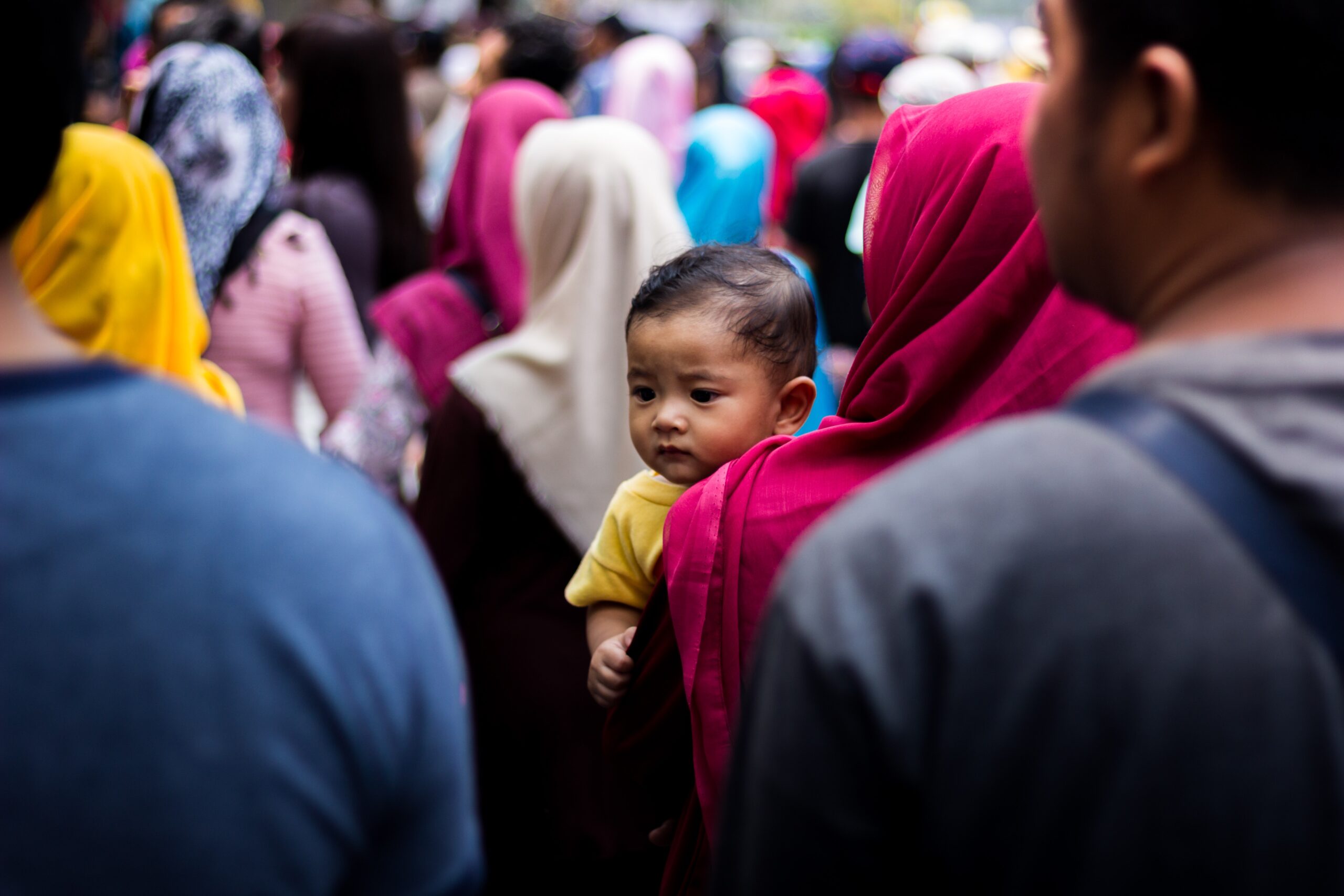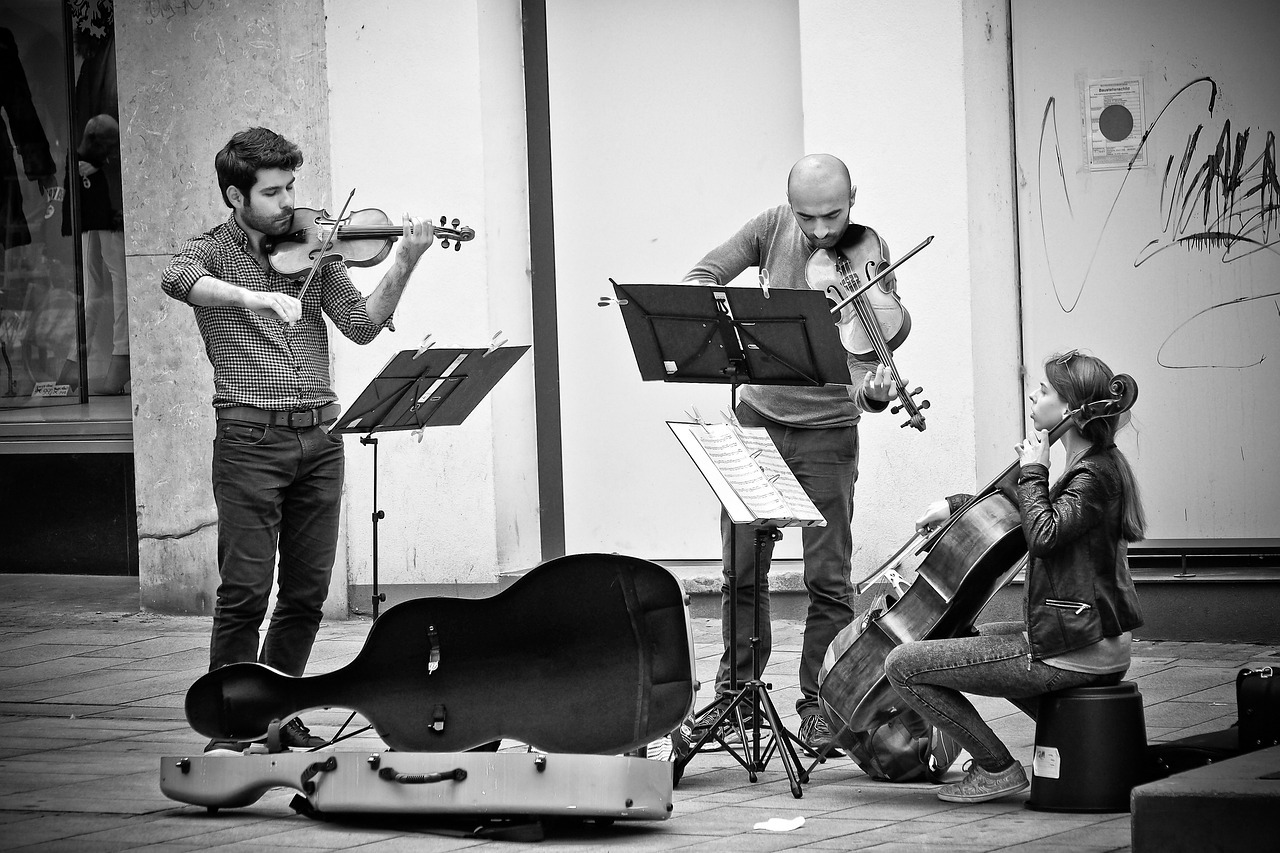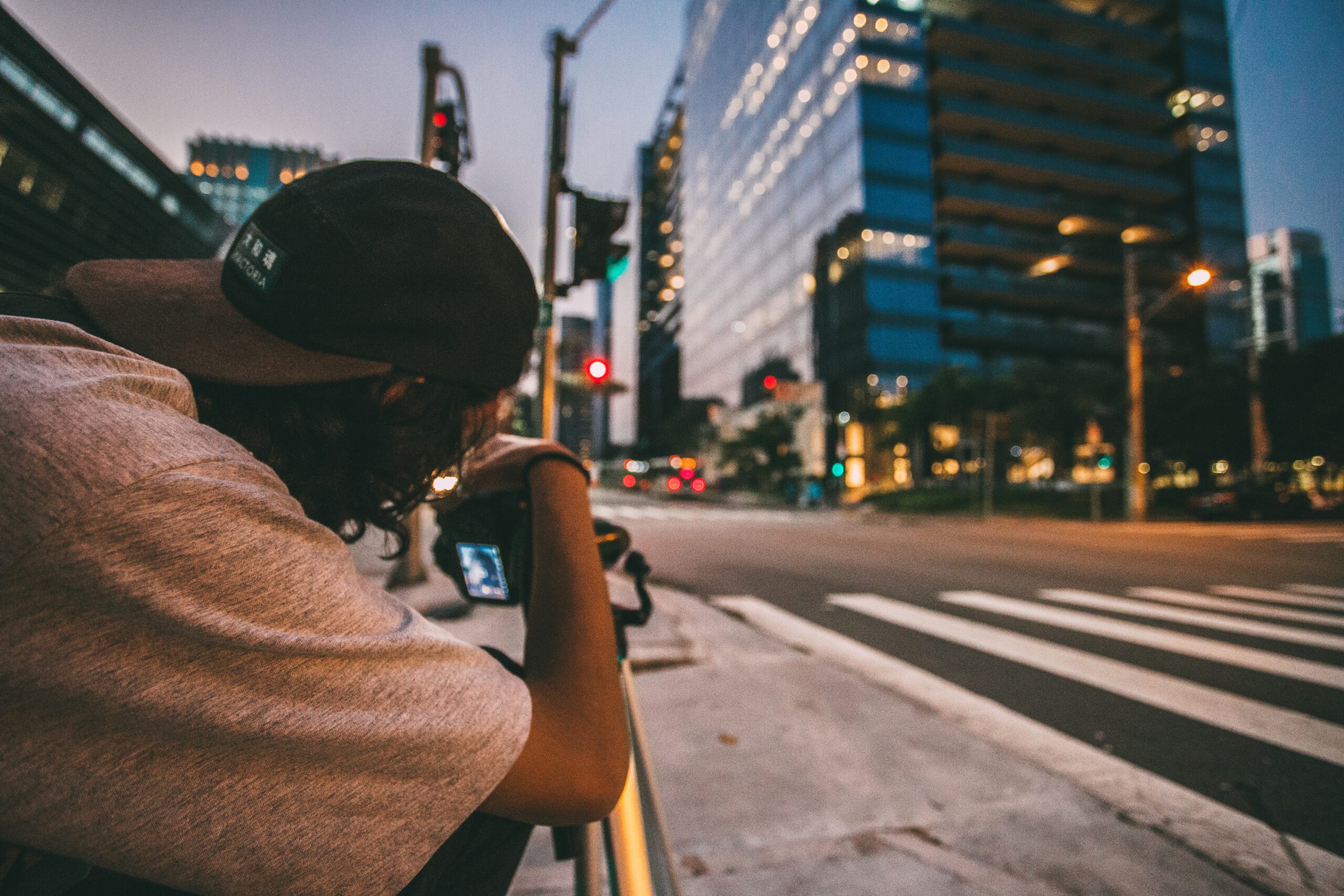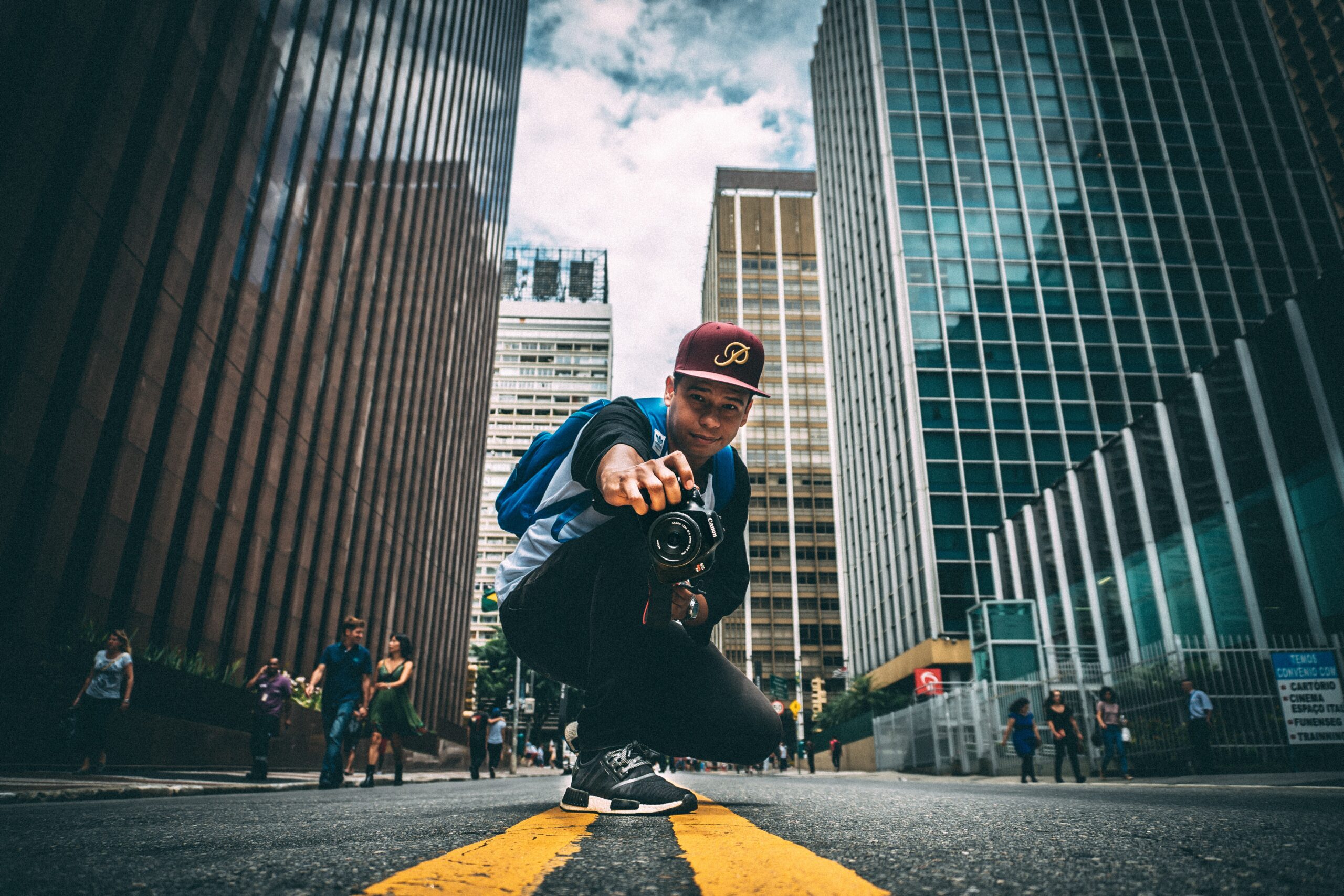One of the most challenging but also one of the most rewarding types of photography is street photography. It is capturing moments of everyday life, which requires patience, hard work, and bravery to approach strangers.
Moreover, street photography is more about knowing yourself as a street photographer. Because the genre is both about the photographer and their subject, it captures your passion and interest. Nevertheless, a photograph without emotion is dead.
Did you know that the first images to exemplify street photography were those produced by French photographer Charles Nègre? In the 1850s, Nègre used his camera to document architecture, shops, traveling musicians, laborers, peddlers, and unusual street types.
What is Street Photography?
Street photography is a type of photography that captures life as it happens in public spaces. Because of how open the environment is, the photographer can often shoot candid images of strangers without their knowing.
How do you get started in street photography?
All you need to start shooting street photography is a camera, any modern camera, including a smartphone, and a public space.
Start with a crowded place, and see if you can find something or someone interesting. Street photographers are observers and flaneurs by nature. So, behaviors and appearances aim to showcase a clearly defined subject to the viewer.
Keep an eye out for patterns, textures, and lines, and always take advantage of the available light to highlight your subject(s) in the best way possible. When positioning your subject, follow compositional standards and be aware of distractions that might take away the viewer’s attention.
Camera Equipment for Street Photography
Less is more in street photography. When you are on the streets, you want to become unnoticed. Using a small camera makes this much easier to do.
Smaller camera systems are less noticeable than bulky DSLRs. They are easier and less painful to carry around, especially when taking long walks. Most people are used to seeing small cameras that look like a tourist point-and-shoot, so they do not feel as intimidated.
In addition, comfortable shoes are almost as important as your camera gear. Blisters and painful feet are the last things you want. Similarly, dress to blend in.
Code of Conduct
In most countries, taking photographs in public spaces is legal. However, it is essential to note that even if you are shooting in a public space, you must exercise a reasonable expectation of privacy. If you are unsure, make it a point to research to become familiar with the local privacy laws where you will be shooting.
In street photography, respect is extremely important. If someone does not want their picture taken, apologize and find another subject. The streets are full of interesting subjects, and another will undoubtedly appear soon.
Also, if someone notices you after you have captured an image of them, smile and nod a thank you. Most likely your subject will smile back, and you will both go on your way.
Photographing Children
The ethics of photographing children is a tricky subject. Do not forget to get permission from their parents or guardians before photographing their children. It should be an absolute no-brainer.
You can hide children’s faces in your composition if you cannot see their parents or guardians nearby. Always keep in mind that getting permission is always preferred to avoid any potential conflicts.
Street Photography Tips for Beginners
Street photography is a bit challenging, so here are a few tips to ease you into street photography.
Know Your Camera Settings
It is essential to have your camera set up properly before approaching individuals. Remember that a moving subject will not wait to adjust your settings. You can try aperture priority mode which is ideal when taking street portraits.
Shoot the Decisive Moment
Capturing the decisive moment requires a bit of luck, quick thinking, and a good knowledge of your camera. If you see a wonderful character, realize that you will never see them again. So live life without regrets and shoot that moment.
Henri Cartier-Bresson, the father of street photography, said in an interview with the Washington Post, “There is a creative fraction of a second when you are taking a picture. Your eye must see a composition or an expression that life itself offers you, and you must know with intuition when to click the camera. That is the moment the photographer is creative. Oop! The Moment! Once you miss it, it is gone forever.”
Photograph the Street Entertainers
Street entertainers are used to having their pictures taken. However, it is how they earn a living. So, before you start shooting, put a few bucks into their hat, making sure they notice you doing so. You are now free to shoot as much as you like. Take your time, experiment with the light, and shoot from various perspectives. If the entertainers have a card, take it and tell them you will send them some images once finished.
Photograph Animals
Shooting street animals often leads to conversations with their owners, making an excellent segue into shooting a street portrait too. Get down low when taking pictures of animals. Photos are far more interesting when taken from a close and wide perspective.
Photograph the Backs of People
Shooting from the back is a great way to photograph without being seen. Look for characters wearing interesting clothing and hats.
Photograph Silhouettes
Silhouettes can be a lot of fun, so experiment with this technique. Wait for a subject to pass in front of a background with strong backlighting or a bright window. Use your exposure compensation to underexpose your image or spot meter on the light source. Take care not to overlap the silhouetted subjects in your frame to ensure that you catch the clearly defined subjects.
Capture from a Distance
Shoot from a little bit further away until you feel more comfortable coming close to your subjects. Look for environmental scenes with interesting characters and take a documentary approach.
Shooting from across the street can make you feel more at ease however, in photography and life, physical proximity comes with emotional proximity.
Set the Stage
Use this technique when you find an interesting background and good light. Take the time to watch people come and go and observe how the light hits them, or how a certain background element interacts with them. Patience is the key here. Once you understand the scene and know what you want to capture, you can now frame up an image. Pre-focus on where you want your subject to be, and then wait for the right person to enter the stage.
Explore Contrasty Light
A great time to play with light and shadow in street photography is when the light is harsh. Look for pockets of light and observe how the light plays off people walking in and out of it. Look for pops of color coming out of the darkness. When shooting in these conditions, pay careful attention to your exposure. Use your exposure compensation to dial back a stop or two to ensure that your subject is correctly exposed as they are exposed to the light.
Use the Viewfinder
The common error by aspiring street photographers is trying to overcome their apprehension by taking pictures from the hip and holding the camera at waist level without looking through the viewfinder.
Garry Winogrand was one of the most active street photographers in history. He shot with a Leica M4, 28mm lens, and was known for creating layered, edgy, and head-on shots. He was close to his subjects when shooting and always quickly looked through his viewfinder. It allowed him to frame properly, and capture the moments he found interesting.
By not shooting from the hip, you are sending the world a message that you are not doing anything wrong.
Express Gratitude
Never be afraid to praise and respect the person who agreed to be your subject. It is the least you can do. Also, allow them to see the photos you have taken by offering them your business card.
Some people will contact you to get the photos. And if the subject loves their photo, they might contact you for their photography needs.
In conclusion, when doing street photography, you will be awkward and slow at first, but as you get used to it, some of your shots will be technically bad, uninteresting, or cliche. But over time, your voice will begin to develop, and your photographs will become more cohesive and unique to you. That is where they will start to stand out.
In addition, for beginners, you can invest your time and money in photography education, such as books and workshops, as well as traveling.

